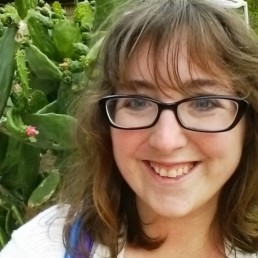Y-DNA testing: It’s not just for men!
As females, we often overlook or dismiss Y-DNA testing either because we don’t have a Y chromosome or because learning to use Y-DNA results can be intimidating at first because it’s different from what we’re used to. However, there are many genetic genealogy benefits gained from getting your father, brother, uncle, cousin, grandfather, and so on to take a Y-DNA test for you.
While autosomal DNA testing does look at all ancestral lines, it can only go back so far, and some information might be missed because autosomal DNA goes through random recombination every time it gets passed down. The Y chromosome never gets recombined and is passed down directly from father to son, so we’re able to learn information about far more generations back in time with Y-DNA testing than we are with autosomal DNA testing. This helps break more genealogical brick walls (additionally– you can always get your relative to also take an autosomal and an mtDNA test as well as Y-DNA, which can grant you even more genetic genealogy benefits!).
Historically, a lot of records kept were male focused, so when you’re searching for genealogy records, you need to make sure you’re on the right track. Since Y-DNA will match your male relative to others on the direct paternal line, this will help you match to any records you’re looking at already, or you may find a DNA match that is able to help you take your paternal line back further generations in time. FTDNA’s results provide a number of tools to help you do this, like allowing you to view your matches’ Earliest Known Ancestors and family trees and to contact your matches.
Y-DNA testing can also help you confirm or discover family stories and ancestral information that we as women would not be able to do on our own since we do not have our own Y chromosomes.
Y-chromosomal haplogroup testing through the Big Y-700 can confirm Native American ancestry on the direct paternal line by tracing your ancestors’ ancient migration path if all your direct male ancestors were Native American, and the level of refinement this advanced level of Y-DNA testing provides can sometimes tell you if your direct paternal line ancestors were from Ireland or Scotland or Germany, etc. depending on your results.
How Y-DNA helped me learn about my past:
When I took over as our family genealogist and started building a family tree, there wasn’t much information available about my direct paternal line. I bought my dad a Y-37 test for Christmas in 2015. When we got the results back a few weeks later, he had a handful of matches at Y-12, a smaller handful of matches at Y-25, and no matches at Y-37. None of the matches shared our surname (Rowe), although most of them had very similar sounding surnames (Lowe, Bowe, Crowley). I didn’t know of a connection to any of those matches, potentially because they could share a common ancestor with my dad before surnames took hold, so I had some work to do.

I started with what I did know. My parents had lots of photos of our ancestors, up to our ancestor who came over to Wisconsin from Cornwall, England around 1850, Henry Williams Rowe and his wife Caroline Roberts. I went through all those photos with my parents and matched the names with genealogical records.
While researching records, I found a potential cousin who was also along the same direct paternal line. Eager to make sure my research was correct, I reached out to this potential cousin, and he agreed to test. I ordered a Y-111 for both him and my dad to make sure they both matched up. I also ordered a Big Y upgrade for my dad at the same time since I was curious to learn more about his ancient migration path. This was Christmas 2017– two years after my dad’s original test.
When the Y-111 results came back, my dad and the potential cousin were a match! I had proven my research up through Henry Williams Rowe and Caroline Roberts. Also, even though my dad previously had zero matches at the Y-37 level, he ended up with a handful of matches at the Y-67 level who had been just outside the threshold at that lower level! Now I had even more to work with (although, with the exception of the cousin I tested, the pattern of only similar sounding surnames continued).
Looking into the future with advanced Y-DNA results:
The Big Y came back a few weeks later, and I had another match there. Earlier this year, I upgraded it to the Big Y-700, and one of those Y-67 matches upgraded too; and we just came back as Big Y-700 matches last week! This means he’s one of the closest matches my dad has in the FTDNA database. I’m excited to look more closely at these findings in the coming weeks and to see what other exciting results I can find out from my dad’s Y-DNA test in the new year!
None of this research would have been possible if I hadn’t been able to test my dad. I’m thankful he agreed to do this for me that Christmas four years ago, and I encourage all female genealogists out there not to hesitate and go ahead and get that Y-DNA test for your fathers, brothers, uncles, and grandfathers. It might be more work than an autosomal test initially and require some learning and patience, but the end result is worth it.

Katy R
Katy is a Senior Customer Service Representative at FamilyTreeDNA and an avid genealogist.
Related Posts
July 1, 2025
The World’s Largest Y-DNA Haplotree
FamilyTreeDNA’s Y-DNA haplotree includes over 91,000 branches and 761,000 variants — the most detailed paternal ancestry map in the world. Each month, we update this post with the latest growth stats, haplogroup insights, and tools to help you explore your place in history.
June 23, 2025
Connect Your WikiTree to FamilyTreeDNA
FamilyTreeDNA has partnered with WikiTree! Learn how to link your collaborative tree, view your matches’ trees, and explore powerful DNA tools.
June 19, 2025
Tracing Your Maternal Roots: The Power of African mtDNA Haplogroups
From Haplogroup L0 to the Malagasy Motif, uncover the African maternal lineages that shaped humanity—and still live on in your mtDNA.



